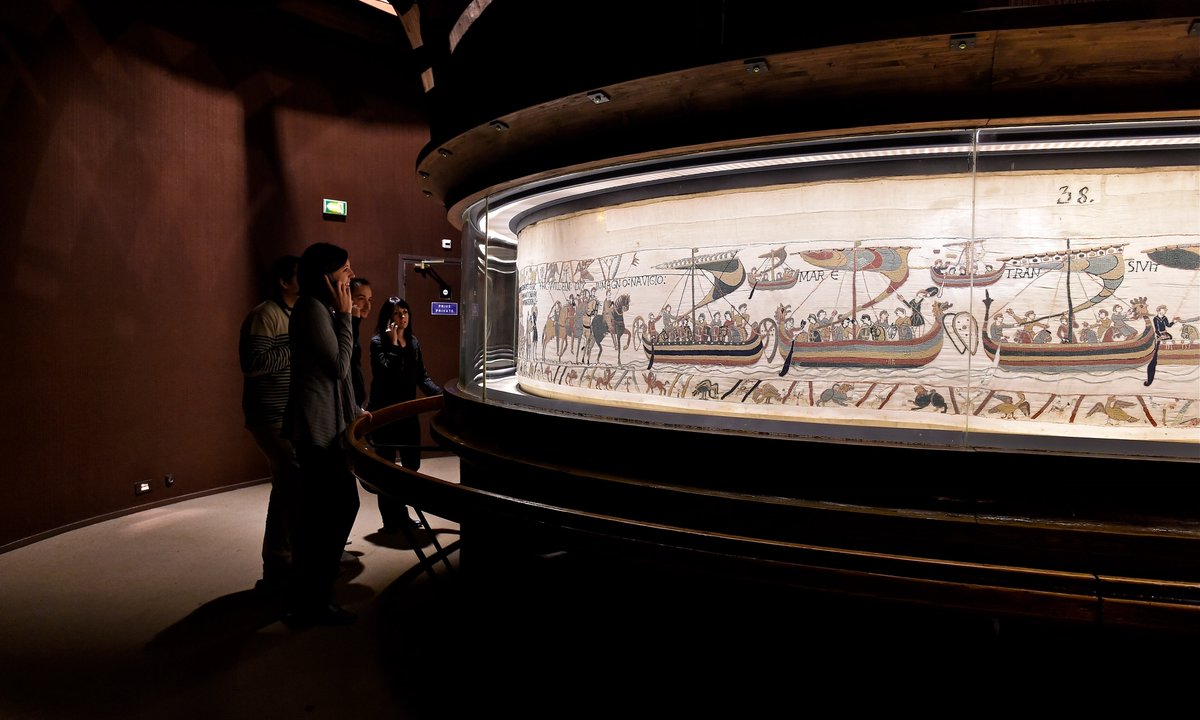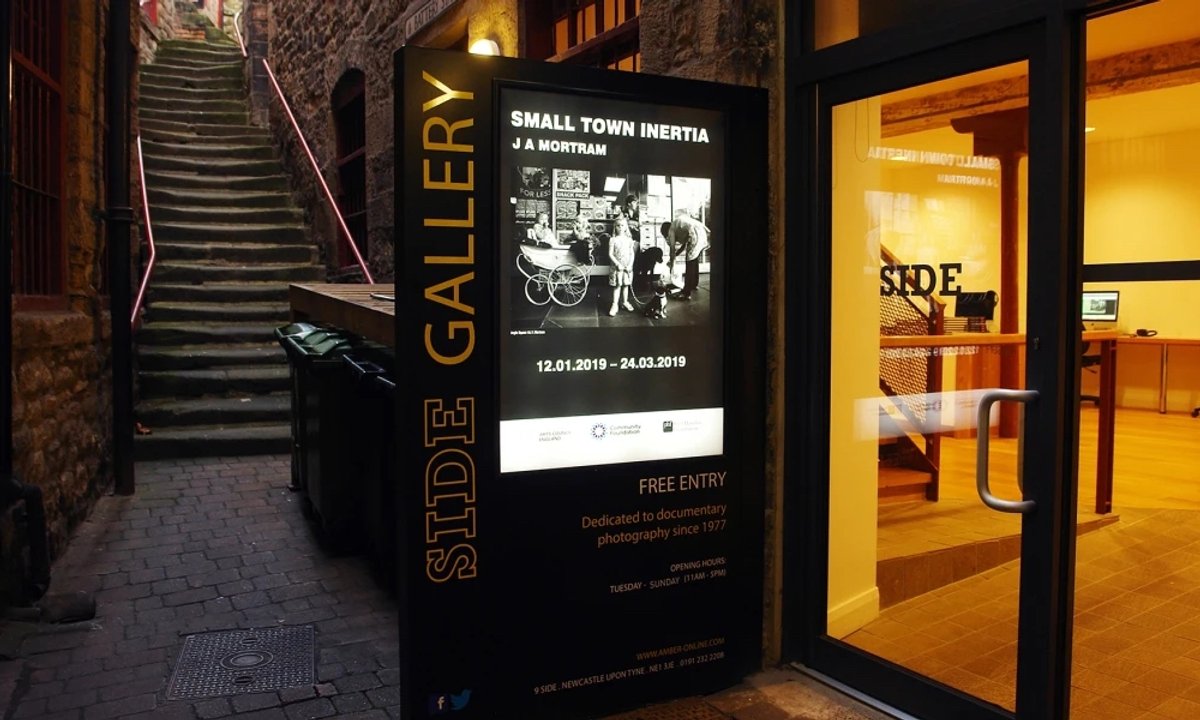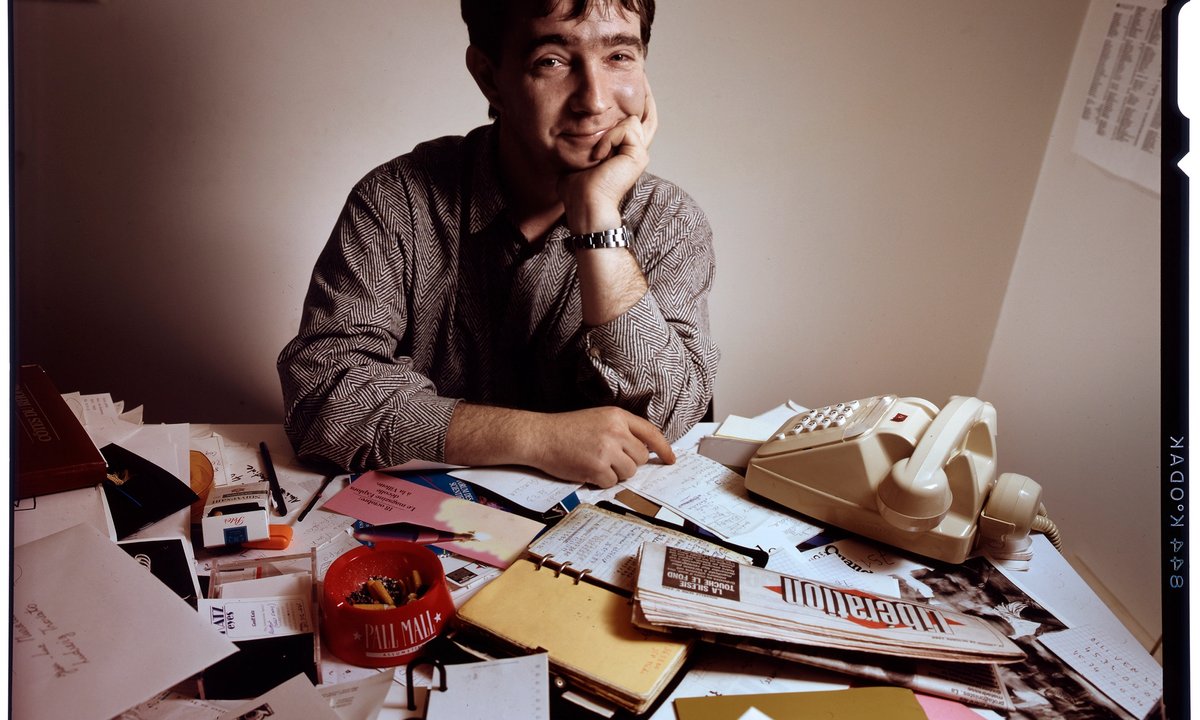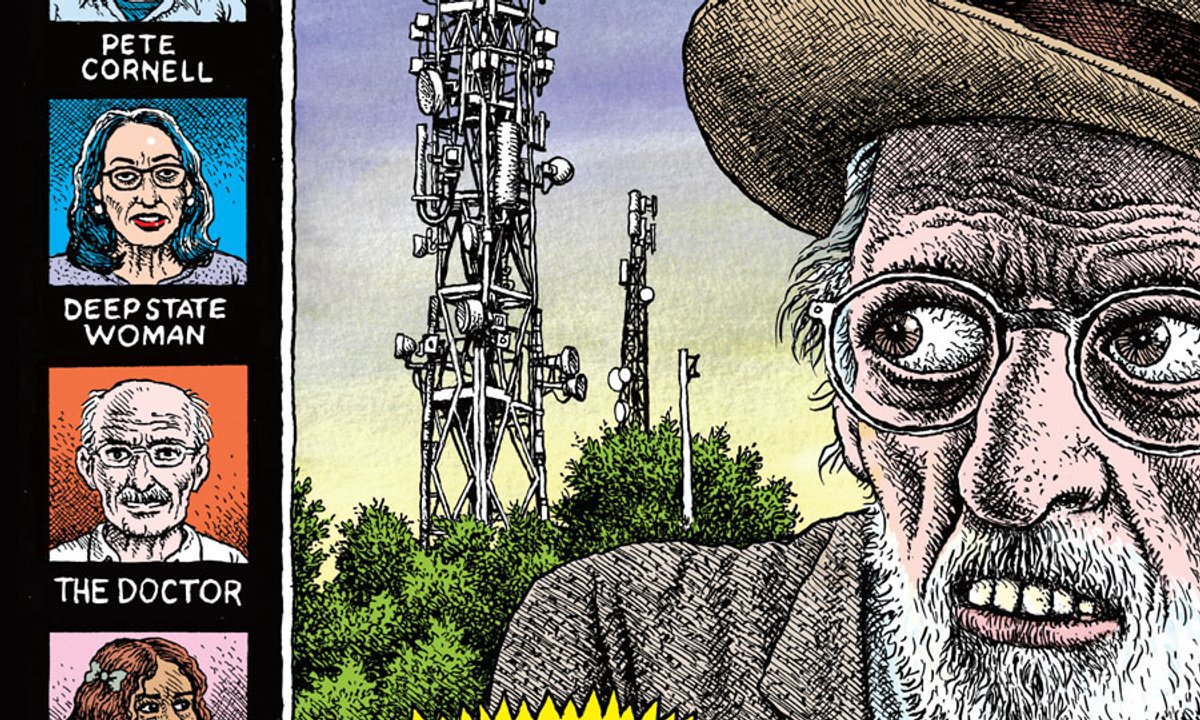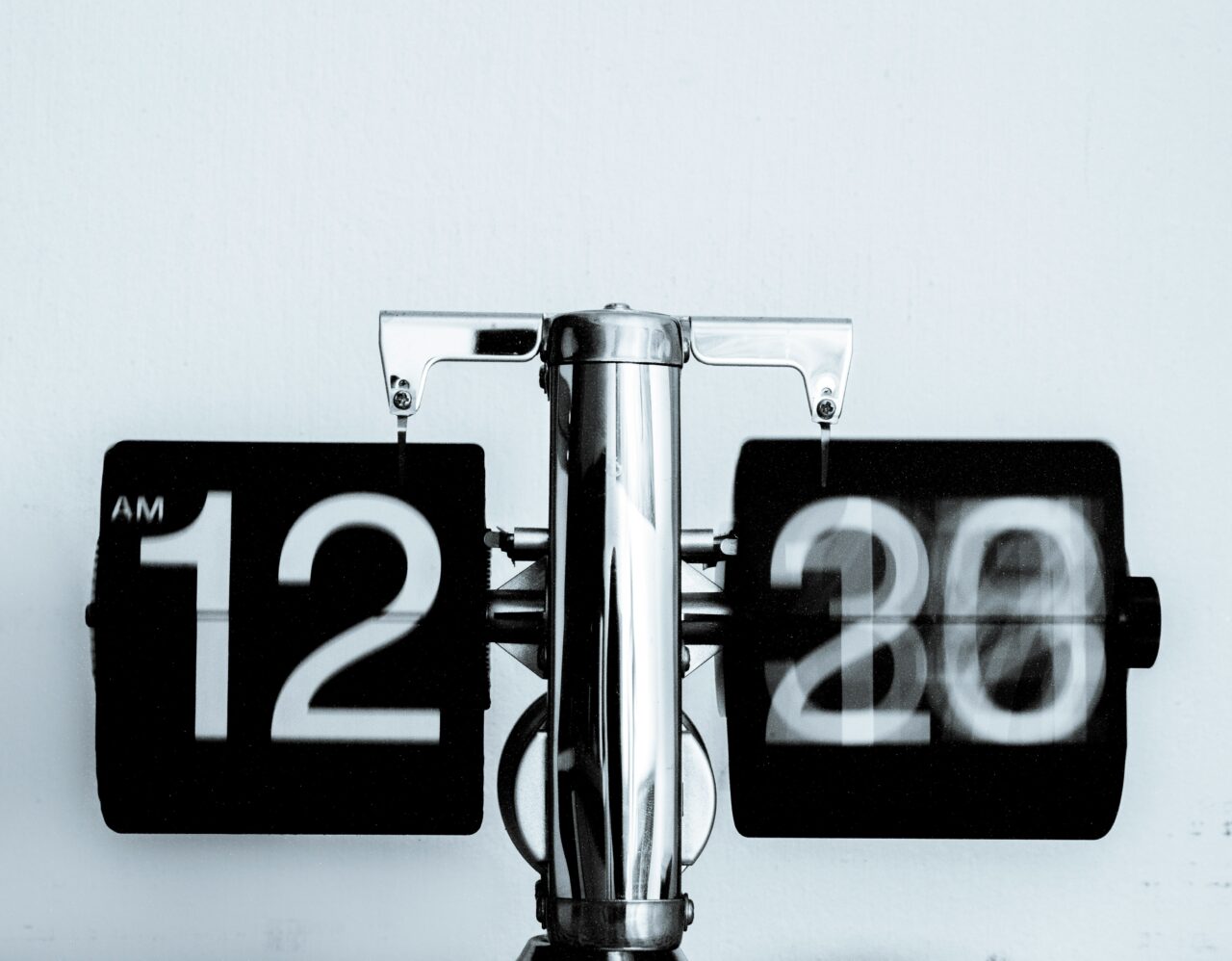John James Audubon’s watercolour of two passenger pigeons, one of his best, captures a moment so intimate that, in truth, we should not be there to witness it: two birds sharing food, their bills locking as the female bends down to her more colourful mate, whose excitement is reflected in his arched back and fanned-out tail. As Roberta Olson explains in Audubon as Artist, 19th-century observers thought of passenger pigeons mostly in bulk, descending in flocks so dense that the skies went dark, easy targets for the hunters who already lay in wait. By showing us only one pair—a male and female seen from different angles, engaged in a courtship ritual—Audubon was able to convey important scientific information. But his composition, the basis for plate 62 in The Birds of America (1827-38), is, according to Olson, much more than “ornithological reportage”. It is also a superb work of art.
Note how Audubon (1785-1851) handles colour, the complementary blue and orange of the male’s plumage, the more subdued livery worn by the female; how the contours of the birds’ bodies both replicate and contrast with the branches on which they sit; how the viewer’s attention is drawn to the precise point where the birds’ beaks meet. It is as if Audubon wanted to thumb his artistic nose at conventional natural history illustration, the standard stiff representations of birds frozen in profile.
There is no better guide to Audubon’s avian universe than Olson, the curator of drawings emerita at the New-York Historical Society and the author of Audubon’s Aviary, a magisterial companion volume to her multi-year exhibition of the watercolours for his masterpiece, The Birds of America. Olson’s new book delivers as complete an account of Audubon’s development as an artist as we are likely to get. It also provides a fascinating glimpse into the workshop of his mind, packed with memories not only of birds but also of works of art he had seen, in museums or in printed reproductions. Olson brilliantly suggests that Audubon’s Passenger Pigeon riffs on the classical myth of Amor and Psyche, for example as pictured in a painting he would have viewed at the Louvre, François Gérard’s Cupid and Psyche (1798), where an unaware Psyche is about to be embraced by the winged god. Also at the Louvre was Antonio Canova’s famous sculpture of that subject (1793), featuring the two lovers arrested in an almost balletic pose not unlike that assumed by Audubon’s pigeons. As he fused the human and animal worlds, Audubon casually reversed gender roles, placing the nimbler female above the massive male.
Photographic memory
Audubon’s photographic memory soaked up whatever came its way. Napoleon Bonaparte’s giant, bucking horse in Jacques-Louis David’s painting Napoleon Crossing the Alps (1801)—Audubon might have seen it at the house of the French emperor’s brother in New Jersey—likely served as the inspiration for his imposing golden eagle, painted in 1833, soaring over snow-capped mountains. And there is also a suggestive parallel between one of Audubon’s most chilling compositions, the 1832 portrait of a wounded black-backed gull, one wing still extended, its body a blood-oozing mess, and David’s horrifying portrait of the murdered French revolutionary, Jean-Paul Marat, in his bath (1793). Audubon might have lied about having been David’s pupil, but in a larger sense he certainly was.
Audubon remains a challenge for his biographers. The illegitimate son of a slave trader, born into the violent island economy of Haiti, he fabricated stories about his origins and, for a time, enslaved people himself. Other complaints—ranging from his mass bird killings to scientific fraud and plagiarism—have further tainted his reputation. Yet Olson makes short work of the plagiarism charge, offering a subtle reading of Audubon’s Northern Flicker (1821; 1827). Audubon had indeed cribbed the male bird from his ornithological rival Alexander Wilson, but he cheerfully multiplied the plagiarism by adding two more males—one, a worm hanging from its beak, peeking out from behind a tree, the other partially obscured by it, in a game of avian hide-and-seek. This is Audubon humorously flexing his artistic muscles, as if to insist that when it comes to nature, no one can claim ownership.
Audubon began his career with paintings of birds that could have, he joked, served as advertisements for “poulterers” (that is, dealers in poultry). But when he was at the height of his powers, no one was better at making birds come alive again on paper. Olson dwells lovingly on Audubon’s renderings of the Carolina parakeet’s feathers, created from layers of watercolour and pastel and then drawn over with graphite. Viewed from close up, every shaft and barb is visible—an impression made more poignant today by the fact that these birds, like the passenger pigeon, are extinct: “No film footage of the Carolina parakeet exists,” notes Olson, “therefore the species lives only in Audubon’s brilliant depiction.”
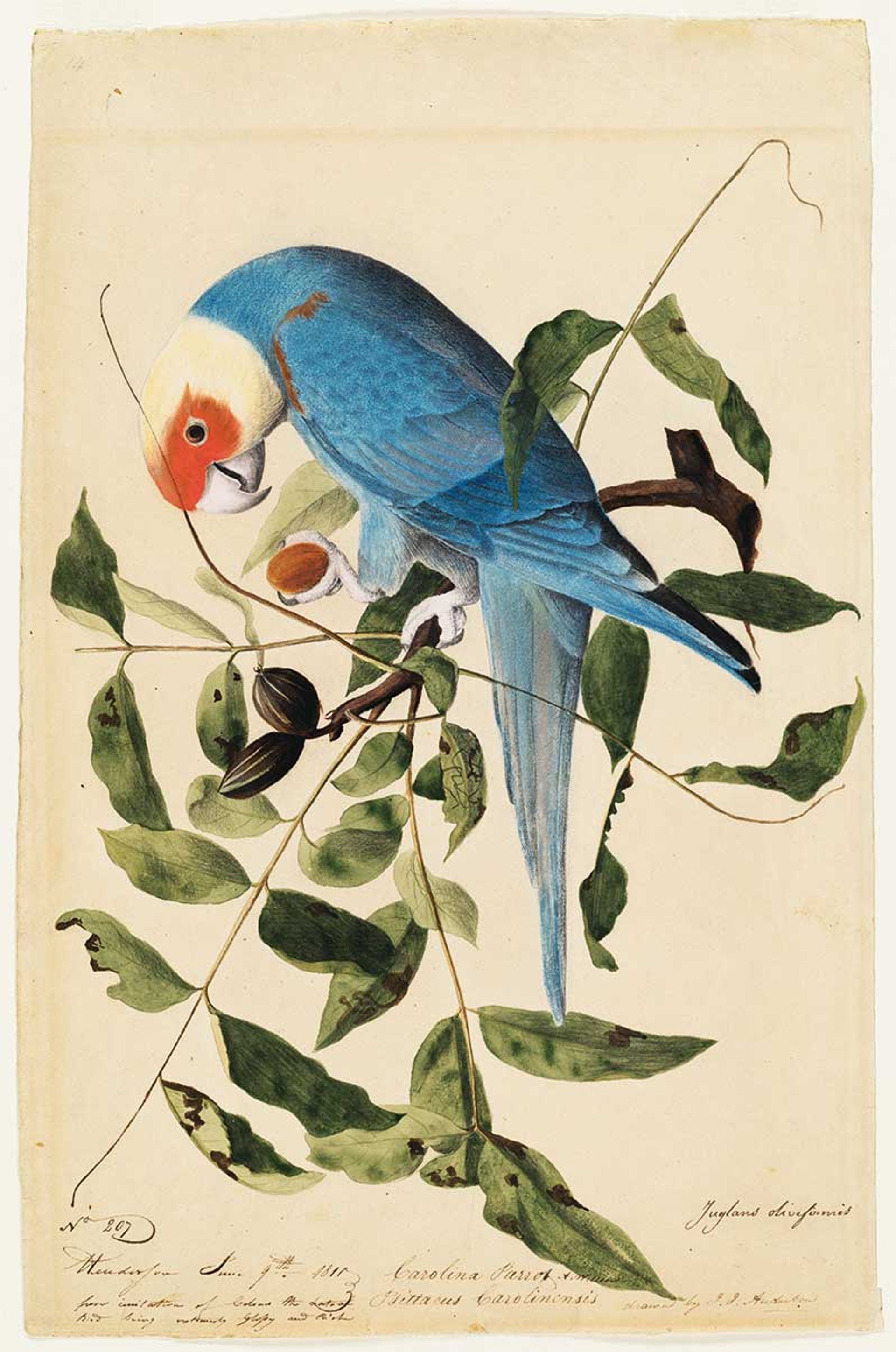
Carolina Parakeet (1811) is a vivid record of the now extinct bird
Houghton Library, Harvard University, Cambridge, MA
If Olson’s Audubon as Artist affords us a fresh look at Audubon’s accomplishments, Kenn Kaufman’s The Birds that Audubon Missed is concerned with his failings. A well-known author of bird guides and painter of birds, Kaufman repeats several canards already aired by others, including Audubon’s contention that he “discovered” Lincoln’s sparrow in Labrador in June 1833. Not true, says Kaufman, pointing out that there is no record of that in the earliest published version of Audubon’s journal—promptly forgetting that we no longer have the original manuscript. Why, wonders Kaufman, had Audubon not seen that sparrow anywhere else? “It was not a rare prize waiting to be discovered.” And why did he overlook so many other birds during his travels, in Labrador and elsewhere? Employing reverse time travel, Kaufman imagines himself roaming the same woods as Audubon, crossing the same rivers and prairies, and not missing birds like the grey-cheeked thrush, the Caspian tern and the thick-billed longspur.
Applying modern scientific standards to a time when they did not exist, and then finding that, indeed, they did not exist, seems like an exercise in tautology. But Kaufman also engages with Audubon’s art, treating his readers, throughout his volume, to examples of his own Audubon-inspired attempts, only to admit, finally, that they always fall short: Audubon’s “best work is phenomenal”. What began as a story of Audubon’s scientific missteps turns into an affirmation of his artistic prowess.
One of the works reproduced in Kaufman’s book and done entirely in Kaufman’s own style depicts a snowy egret rushing through a river, with water rings marking its path, an obvious contrast to the drawing Audubon produced in 1832 of a magnificent bird of the same species. Apart from one slightly lifted foot, Audubon’s egret appears motionless, a fantastical apparition of ethereal whiteness among the reeds, unaffected by the workaday human world behind it: the pond, the fields, the farmhouse, the tiny hunter holding a matchstick-sized gun. (Audubon had used a dry brush to paint the bird’s feathers, we learn from Olson’s description, a technique he had acquired from his contemporary, the British painter Thomas Lawrence.) Although Audubon’s image predates Kaufman’s version by almost 200 years, it is, ironically, the more provocatively modern one. While Kaufman has created a portrait of a bird as humans tend to see it, Audubon—a hero manqué but still indispensable in terms of what he has to tell us—turns things around. He presents his egret in the act of looking back at us, “warily with its piercing right eye” as Olson writes. Here, the human world is nothing but a backdrop to nature’s elegant, self-contained splendour.
- Roberta J. M. Olson, Audubon as Artist: A New Look at The Birds of America, Reaktion, 384 pp, 130 colour & 55 b/w illustrations, £35/$45 (hb), published 1 March/15 April
- Kenn Kaufman, The Birds That Audubon Missed: Discovery and Desire in the American Wilderness, Simon & Schuster, 400pp, 11 colour and 44 b/w illustrations, $32.50/£25 (hb), published 7 May/6 June
- Christoph Irmscher is a critic and biographer. He is the editor of Audubon’s Writings and Drawings (1999) and the co-editor, with Richard King, of Audubon at Sea (2022)

